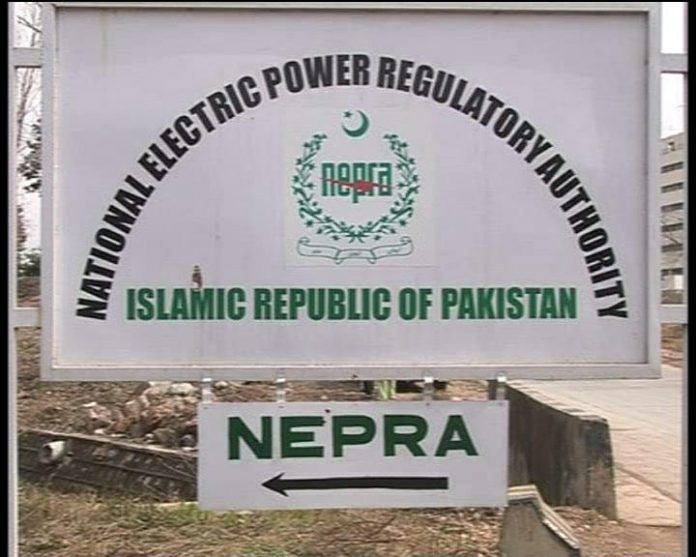The National Electric Power Regulatory Authority (NEPRA) decided to hold a re-hearing in the matter of revision in fuel price adjustment mechanism dated September 23, 2016 for coal power plants. The three major points of the hearing relate to the weightages attached to the pricing of the imported coal, the basket of the coal used, and obtaining coal through tendering.
“Coal, with its intricate nature, presents a more convoluted challenge when it comes to the evaluation and preservation of standard specifications,” begins Faisal Zia Siddiqui, the Group Head at Sapphire Energy. “This is particularly evident when juxtaposed with liquid and gaseous counterparts, whose standard export specifications can be determined through rudimentary mechanisms such as blending,” Siddiqui continues.
“The majority of Independent Power Producers (IPPs) are procuring directly from a myriad of international sources. Each source has its own unique specifications that fluctuate based on market dynamics. Consequently, devising a universal formula for consumer pass-on has perpetually been a daunting task for regulators. This hearing appears to be a concerted effort to refine their accumulated experience,” Siddiqui adds.
Now that we’ve covered how the story’s been told in the headlines, let’s see what’s up.
The 2016 coal pricing mechanism
The Fuel Price Adjustment Mechanism is a formula that calculates the monthly Fuel Cost Component (FCC) of the electricity tariff. This calculation is based on the actual prices, quantities, and qualities of coal imported from various regions, including South Africa, Australia, and Indonesia.
This mechanism is a revision to the Upfront Coal Tariff decision made on June 26, 2014. The Upfront Coal Tariff is a fixed rate offered to coal-based power projects to stimulate investment and decrease dependence on imported oil and gas.
The FCC formula varies for each region, contingent on the index used to determine the Freight on Board (FoB) price of coal. This price represents the cost of coal at the port of origin prior to transportation. Indices are selected based on their transparency, liquidity, and relevance to the coal quality and market. For instance, South African coal utilises the Argus/McCloskey’s Coal Price Index (API 4), whilst Indonesian coal employs the Indonesian Coal Index (ICI 3).
The FCC formula also incorporates other factors such as marine freight, insurance, and additional costs. These are adjusted based on actual costs supported by authentic documentary evidence. It provides Independent Power Producers (IPPs) with the flexibility to procure coal from any combination of the aforementioned loading regions. The fuel cost component will be adjusted based on actual weightage.
Looking at tendering, NEPRA allowed IPPs to procure local coal and Afghan coal from third parties when global coal prices spiked in 2022. However, as prices receded, various companies continued to rely on the spot market tenders to meet their demand needs.
Why does NEPRA want to change this?
It expedites fuel cost adjustment filings for the various generation companies for each month of electricity they produce.
“Coal is being procured from various sources now so the benchmark has to be flexible to incorporate that,” explains Fahad Rauf, Head of Research at Ismail Iqbal Securities.
Furthermore, the current pricing mechanism also assumes that all coal procured from suppliers is bought at standard rates. The NEPRA meeting has highlighted how it will address premiums, and discounts given to IPPs from suppliers. The current system fails to take into cognisance whether companies can have relationships with spot market dealers in varying capacities after tendering took off.
The NEPRA hearing is to evaluate whether the tendering process is an efficient one, or not given the current circumstances.
What will the new system look like after the hearing?
The system will remain tethered to a weighted formula, as the sourcing oscillates in specifications and quantities for each power plant. A shift towards a non-weighted formula could be envisioned if a local coal market is established, one that sells a standard blend to all Independent Power Producers (IPPs). However, this appears to be a distant reality. The National Electric Power Regulatory Authority (NEPRA) is unlikely to sanction any return to such an aggregator or middleman, irrespective of the potential price efficiency it could introduce into the system.
One might question why we persist with such a labyrinthine system, rather than adopting a model where all IPPs can independently import coal and generate electricity, akin to the approach in India. NEPRA’s rationale is rooted in stability; they aim to minimise surprises in terms of monthly costs and ensure that the price of electricity does not deviate drastically from the mean.
Now, whether this system works is another question entirely.




